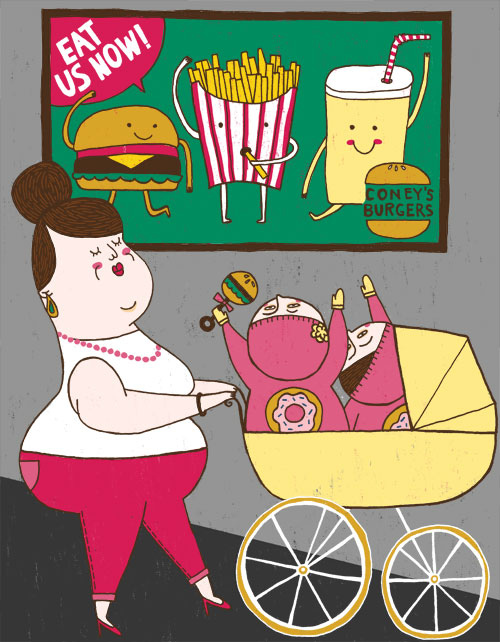By Ling-Mei Wong
The Brain Building in Action Community Fair took place April 9 at the ABCD Chinese Church Head Start at 112 Shawmut Avenue.
The event included breakfast, performances and dancing. Live demonstrations from community partners showed how to prepare healthy mango salsa and how to select educational toys for children.

The Brain Building in Action Community Fair took place April 9 at the ABCD Chinese Church Head Start. (Image courtesy of ABCD Chinese Church Head Start.)
“Language is the greatest brain building there is and this was a great event,” said Julie Hirschler, senior research scientist, National Head Start for Cultural and Linguistic Responsiveness, and representative of the Education Development Center in Waltham. She was interested in how the ABCD Chinese Church Head Start taught language, as many families were Chinese and did not speak English at home.
Community organizations had booths at the fair to inform parents about their services, such as Tufts Medical Center, Boston Children’s Museum and YMCA.
“We’re engaging parents to be the first teachers of their children, as one in four children under age six live in non-English speaking households,” said Samuel Tsoi, program coordinator for the Office for Refugees and Immigrants. The organization has partnered with the Department of Early Education and Care to offer training to immigrant families with preschool-age children. The “New Start” training includes how children acquire languages, basics of immigration law and immigrant rights to education. The next event will take place May 17, with more information at www.newamericanchildren.org.
For additional information about Brain Building in Action, please visit the website at www.brainbuildinginprogress.org, or contact (617) 624-8104 or info@brainbuildinginprogress.org.















